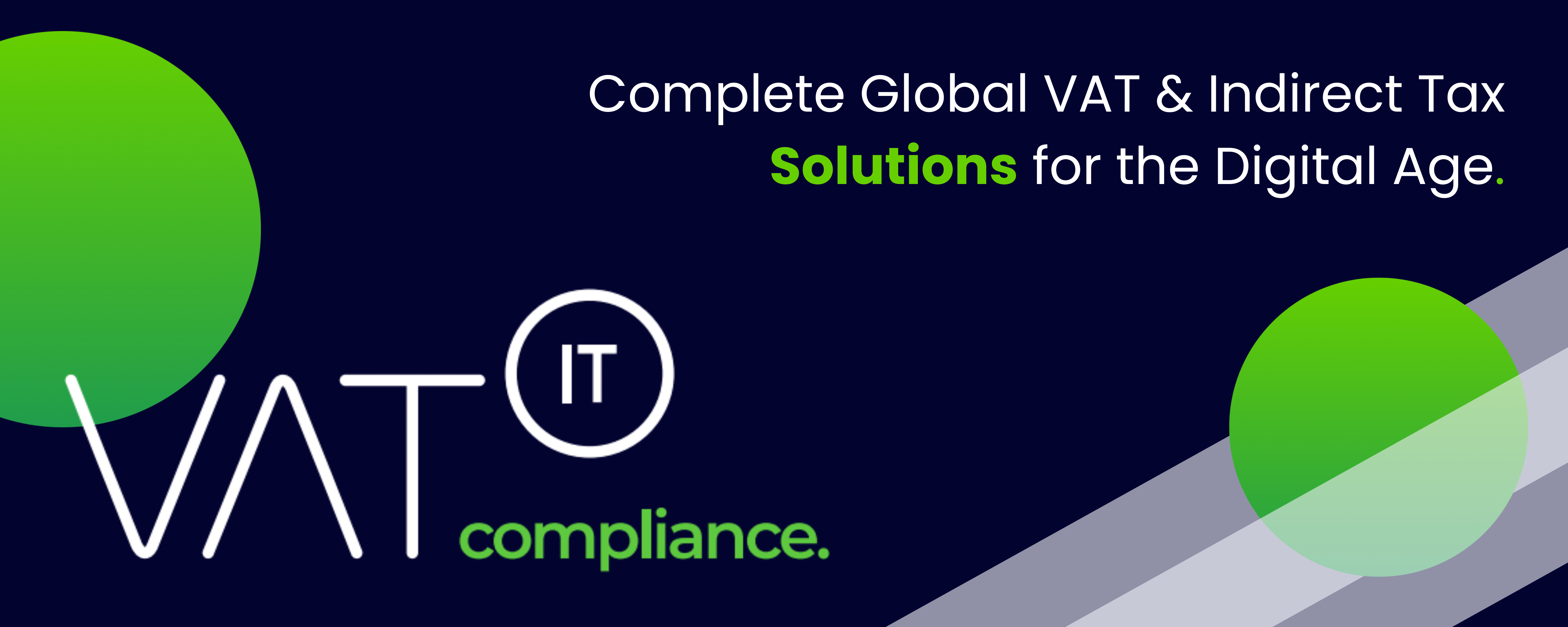Despite e-invoicing’s potential to revolutionize VAT processes, many tax authorities take minimal approaches, burdening taxpayers. The article explores reimagining VAT by separating tax codes from tax charges, shifting calculation and collection to tax authorities for efficiency, compliance, and innovation.
-
The core concept: Tax code without tax charge
Suppliers issue invoices with tax codes but no VAT charge. When submitted, tax authorities validate, calculate, and add VAT. Customers either pay suppliers net amounts and tax authorities VAT directly, or make single payments split by tax authorities. -
Fighting VAT fraud and strengthening the audit trail
Centralizing VAT determination and payment eliminates fraudulent VAT collection, creates reliable audit trails, and simplifies recovery. Tax authorities can adjust incorrect tax codes, manage disputes, and defer VAT recovery until paid, enhancing transparency and reducing fraud schemes significantly. -
Simplifying accounts payable with direct imports
A central tax authority portal could store all supplier invoices, improve import compliance, reduce manual entry errors, and streamline AP processing. Linking customs data ensures accurate valuations while enabling split payments, better cashflow, and reduced compliance risks for businesses. -
Adding blockchain for trust and transparency
Blockchain integration enhances transparency by recording every transaction step, from invoice issuance to VAT payment. Logistics and banking data add shipment and payment confirmations, enabling secure, dispute-free processes, reliable audit trails, and automated compliance in e-invoicing ecosystems. -
The path forwards
This model strengthens fraud prevention, simplifies compliance, and streamlines invoicing without removing suppliers’ tax code responsibility. VAT returns remain for recoverability, but integration with tax authorities, e-invoicing, blockchain, and real-time payments positions this approach as VAT’s natural digital evolution.
Source: Innovate Tax
Latest Posts in "World"
- Renewed Concerns Over Digital Services Taxation as Global Tax Reform Stalls
- VATupdate Newsletter Week 35/2025
- Worldwide Upcoming E-Invoicing mandates, implementations and changes – Chronological
- AI Revolutionizes Accounts Payable: Transforming Invoice-to-Pay Automation for Financial Efficiency
- Recent ECJ/General Court VAT Jurisprudence and Implications for EU Compliance (Jul–Aug 2025)















